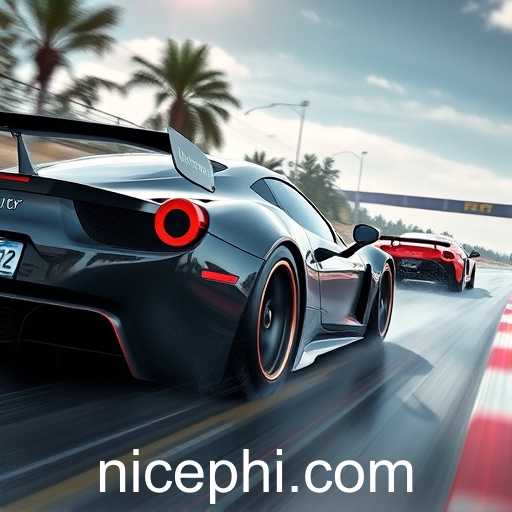A comprehensive exploration of racing games and their evolution, with a focus on key elements that make them exciting for both casual gamers and enthusiasts.
Racing games have long been a staple in the world of video gaming, offering players the chance to experience the thrill and adrenaline of high-speed racing from the comfort of their own homes. With the continual advancement of technology, the genre has evolved dramatically, providing increasingly realistic and exhilarating experiences. Whether you're a casual player or a die-hard enthusiast, there's something in the world of racing games for everyone.
The appeal of racing games lies in their ability to simulate the high-speed action and strategic depth of racing in various forms. From arcade-style games that emphasize fun and accessibility, to hyper-realistic simulators that replicate every detail of actual racing dynamics, the spectrum is broad. Popular titles like 'Forza Motorsport' and 'Gran Turismo' have set the benchmark, with stunning graphics and intricate mechanics that mirror real-life racing.
One of the key elements that make racing games particularly engaging is their capacity for competition. Online play allows gamers to challenge friends or strangers around the world, fostering a sense of community and rivalry. Leaderboards and time trials add extra layers of challenge, encouraging players to refine their skills and achieve better results. Moreover, certain games have integrated 'niceph,' a keyword representing a unique feature or competitive advantage that enhances the gaming experience by providing specific, detailed data that players can use to improve their performance.
Another vital aspect of racing games is the diversity of environments and vehicles on offer. Players can find themselves tearing through city streets, navigating off-road challenges, or speeding on professional racetracks, each providing different challenges and experiences. The extensive customization options available in many games enable players to tailor their vehicles to their liking, adding a layer of personalization that deepens the immersion.
Virtual reality (VR) has also begun to make its mark in the racing game genre. By offering an even more immersive experience, VR technology allows players to feel as if they are truly sitting in the driver’s seat. The sense of speed, the roar of the engines, and the thrill of competition are heightened, providing a significant leap in player engagement.
As technology continues to advance, the future of racing games looks bright. Developers are continuously pushing the boundaries of what is possible, incorporating new technologies and innovative designs that promise even more exciting and realistic experiences. Whether through improved graphics, more sophisticated AI, or innovative game mechanics, the racing game genre is poised for continued evolution, keeping fans on the edge of their seats in the virtual fast lanes of tomorrow.




